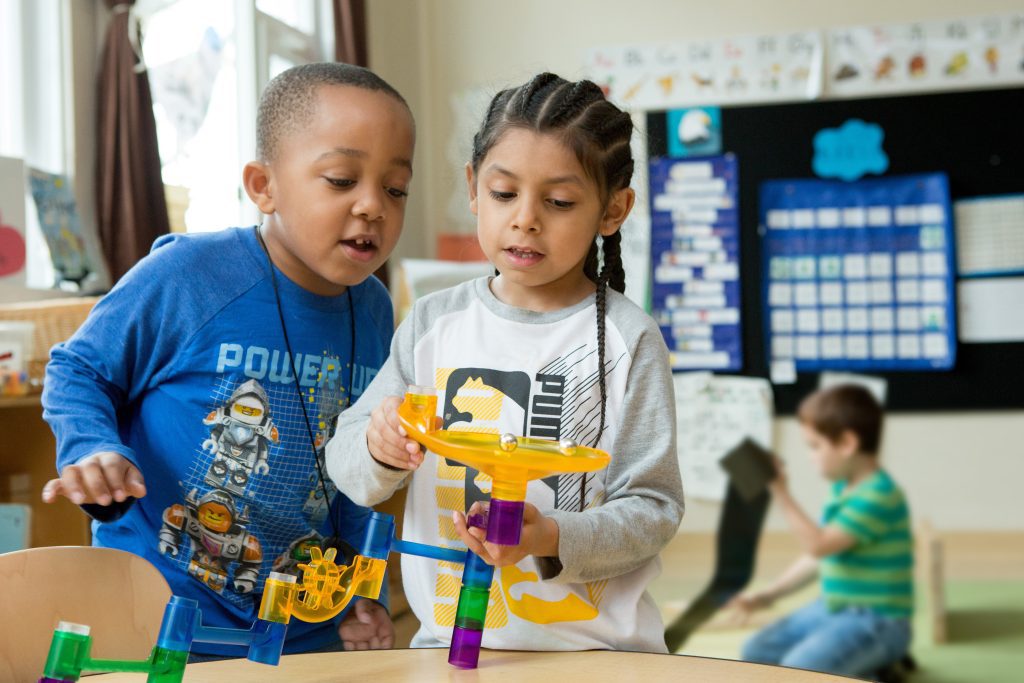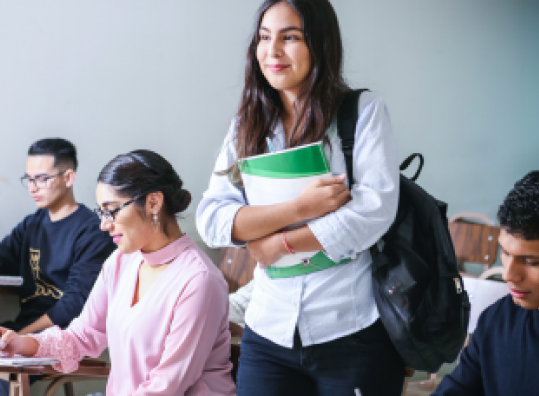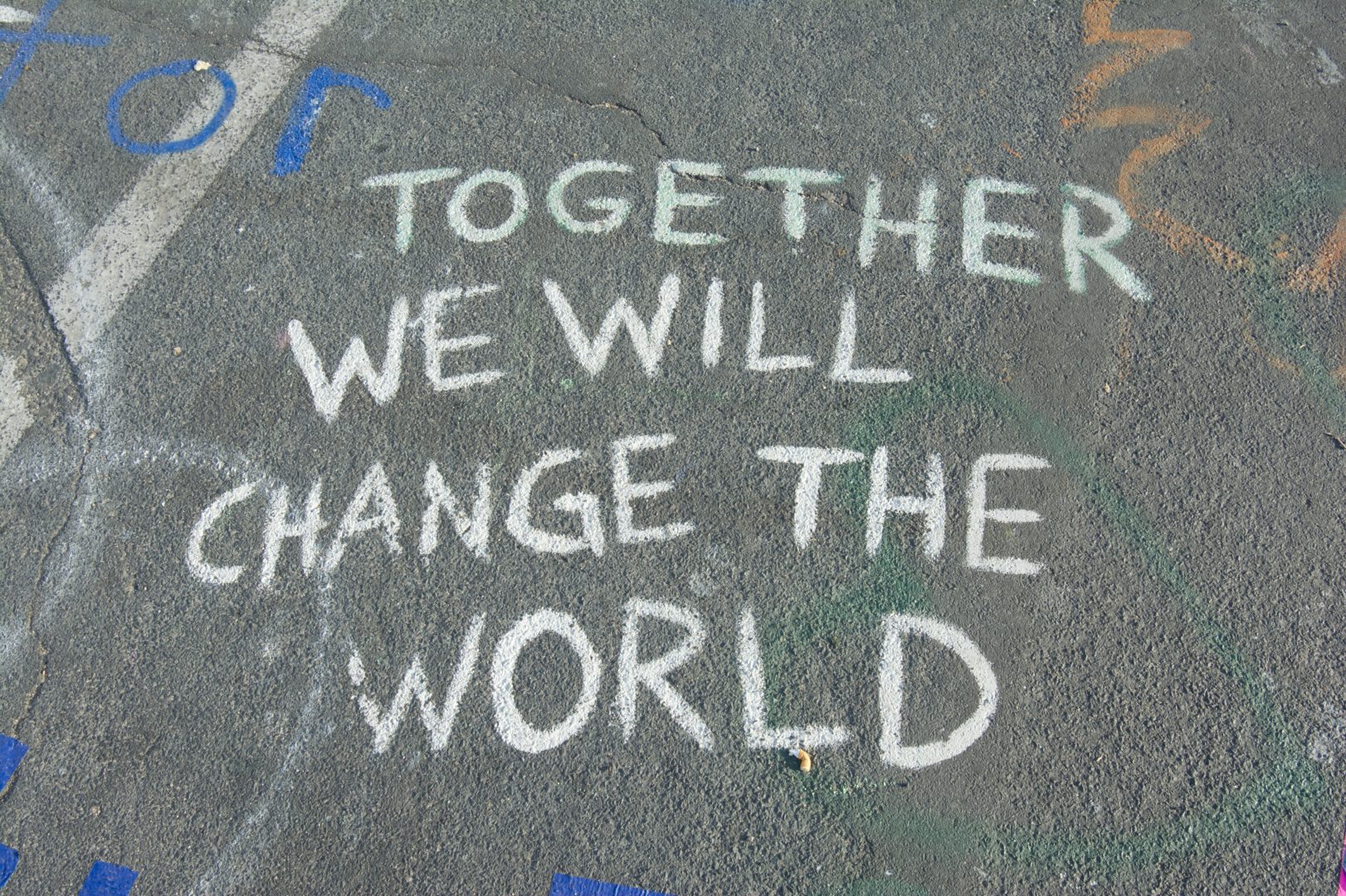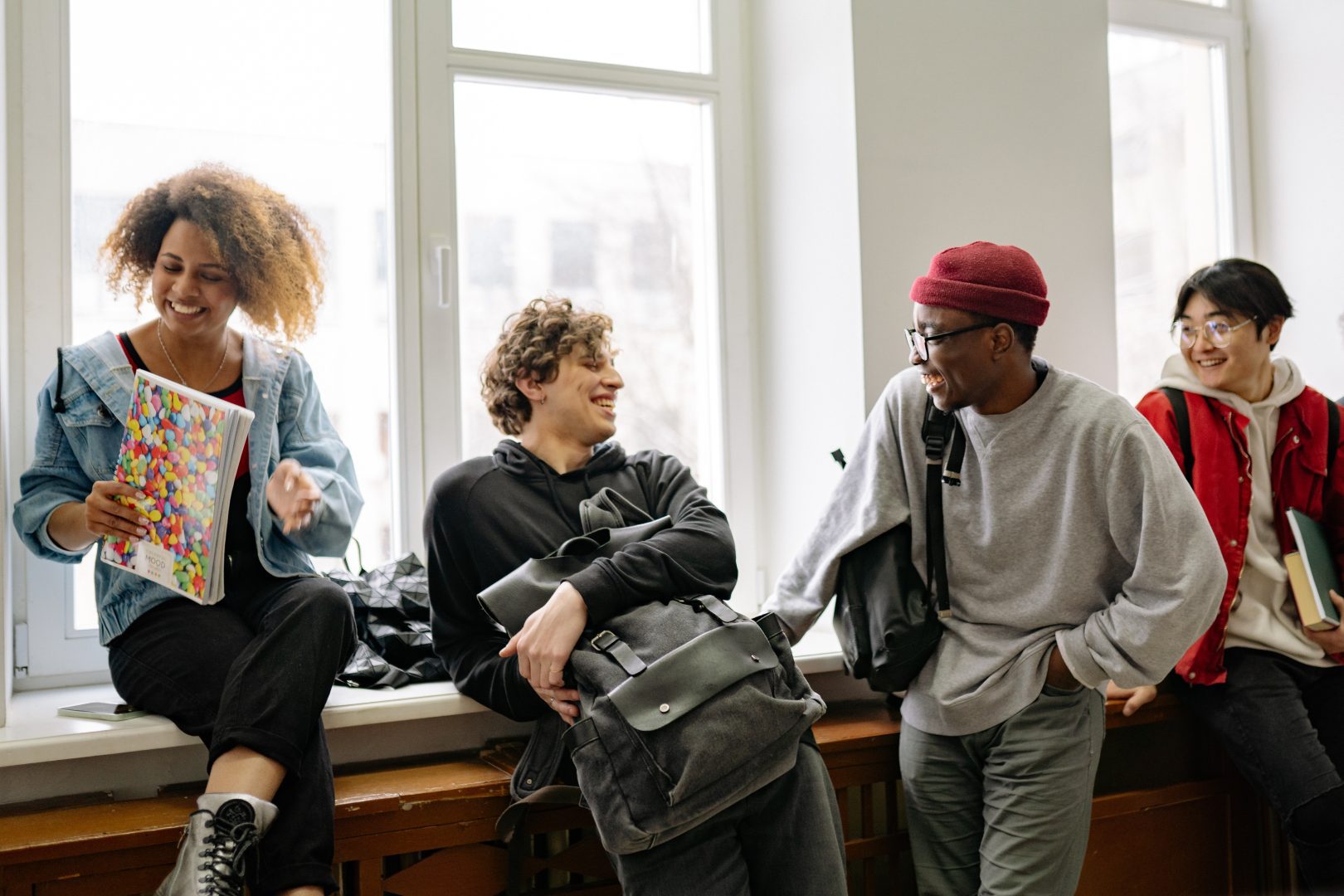Introduction
This report includes findings from the CA MTSS Phase 2A Pilot Project’s Year 3 and Phase 2B Pilot Project’s Year 1 of participation qualitative data collection and analysis.
In this newest report, we share findings from analysis across 35 schools from 26 districts in California as they implement the MTSS framework at the school site level.
For the past five years, CTS has been leading a statewide CA MTSS pilot program to support schools in building positive school climates by ensuring that all students’ academic, behavioral, and social-emotional needs are met. Our team has been exploring how educators implement the CA MTSS framework and how educators think about—and address—discipline disparities apparent by race.
Students of color—especially Black and American Indian students—are more likely to experience lower achievement outcomes than their white peers; and are more likely to receive punitive, exclusionary discipline (e.g., suspensions) than their peers for the same behaviors.
The project is co-led by Orange County Department of Education, Butte County Office of Education, and the University of California, Los Angeles Center for the Transformation of Schools (UCLA CTS).
Key Findings
Finding 1: Support through strong leadership and school site teams matters for CA MTSS implementation.
Strong leadership and school site teams played an integral role in addressing student behaviors that adults found challenging. Across all schools, PBIS (Positive Behavior Interventions and Supports) was the most used Tier 1 support to address student behavior. Administrators who spoke highly of their Tier 1 supports often shared about schoolwide use of PBIS expectations, which are taught explicitly with assemblies, classroom direct instruction, and station rotations.
Finding 2: School and community context matters for implementation.
Administrators were aware of the ways the COVID-19 pandemic exacerbated social issues that were already impacting their communities and disproportionately impacted certain populations. They felt that student behavior was often a result of complex emotions stemming from the interruption of in-person learning caused by the pandemic. Students expressing anger due to these issues might be disproportionately referred to disciplinary action instead of receiving the social-emotional supports that would help them to effectively process their emotions and improve their learning. By having a deep understanding of the groups that make up their school community, and the potential supports they might need, they were able to ensure that students were learning the most pertinent skills for their social-emotional needs.
Finding 3: Relationships (of all kinds) matter for implementation.
Administrators saw it as their role to help teachers build relationships with students as a part of strengthening social-emotional learning supports. Relationship building between teachers and students was most often centered as a Tier 1 support strategy. The schools that were most successful with this strategy were those that intentionally implemented it with a plan for measurement.
"We have something called the first 20 days, where we are able to train our students in all classrooms simultaneously in academic conversations, noise meters, conversation stems, and PBIS behaviors so they all know those expectations from the beginning. We practice those in non-threatening ways. So all students have the opportunity to learn the routines of school together, which provides a foundation."Principal 53
Related Work






